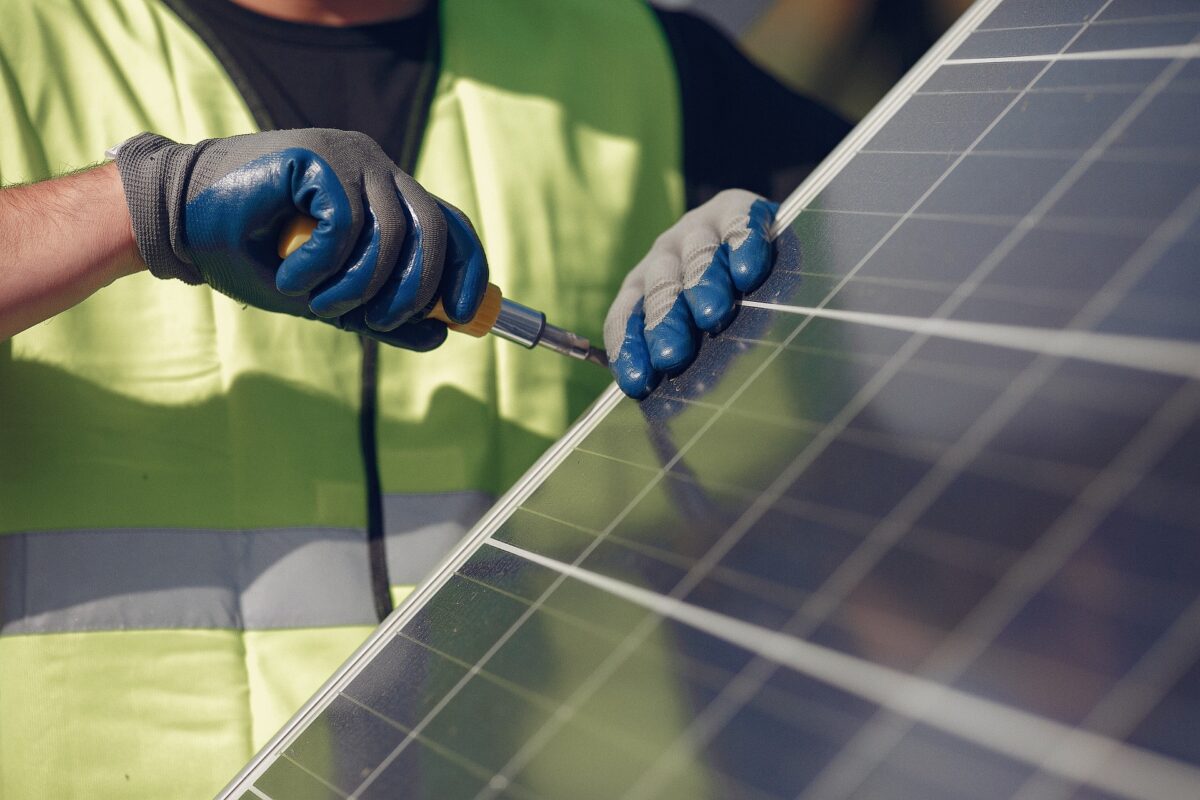SolarPower Europe has published best practice guidelines for handling EoL solar panels, in a bid to ensure that solar is making a valuable contribution to the European Union’s circularity objectives.
The report offers recommendations on how to sustainably handle EoL products and outlines how companies can comply with mandatory requirements. The scope of the legislation covered spans the utility-scale, commercial and industrial, and residential segments.
The association says guaranteeing high-quality EoL solar management is crucial for both the sustainability of the industry and public support for solar.
“Solar will be the backbone of Europe’s green transition, and this needs to come with sustainable growth,” said Walburga Hemetsberger, CEO of SolarPower Europe. “This new report will support the sector in diligently managing end-of-life solar panels, and ultimately, strengthen the sector’s resilience going forward.”
With the lifespan of solar systems normally around 30 years, the report warns part of the EU’s existing solar fleet is expected to start reaching EoL in the next decade, with increasingly more waste produced as time progresses.
Estimates suggest that when a PV panel reaches the end of its natural life, it still possesses approximately 80% of its initial power generation capacity that could be exploited.
The report says that in the next 10 to 15 years, more than 50% of the PV panels considered as “waste” could be re-used because they are still functional, as long as reuse can be done under environmentally sound, qualitative, and safe conditions.
In response, part of the report offers recommendations on how to assess potential for a “second life” or extension of a solar system’s lifespan, featuring detail on how to prepare for reuse and the factors that must be considered, such as the availability of spare parts and repair services, security updates, safety requirements and regulatory compliance, and compatibility with other devices and protocols.
When reuse and repurposing options are exhausted, recycling and takeback programs are pivotal for the responsible management of PV waste.
The report says that as more panels near their EoL, an unprecedented waste management challenge is emerging. It is projected that PV waste will account for a substantial portion, ranging from 4% to 14%, of the total electricity generation capacity by 2030 and could reach 60 million tons to 80 million tons by 2050.
The final chapter explores the role of producer responsibility organizations (PROs) in managing the responsible disposal and recycling of PV components, the challenges and obstacles faced in the pursuit of sustainable and efficient recycling processes and the recycling and take back processes of PV components.
SolarPanel Europe’s latest report follows best practice guidelines on floating PV and agrovoltaics, published by the association in 2023.
This content is protected by copyright and may not be reused. If you want to cooperate with us and would like to reuse some of our content, please contact: editors@pv-magazine.com.








By submitting this form you agree to pv magazine using your data for the purposes of publishing your comment.
Your personal data will only be disclosed or otherwise transmitted to third parties for the purposes of spam filtering or if this is necessary for technical maintenance of the website. Any other transfer to third parties will not take place unless this is justified on the basis of applicable data protection regulations or if pv magazine is legally obliged to do so.
You may revoke this consent at any time with effect for the future, in which case your personal data will be deleted immediately. Otherwise, your data will be deleted if pv magazine has processed your request or the purpose of data storage is fulfilled.
Further information on data privacy can be found in our Data Protection Policy.